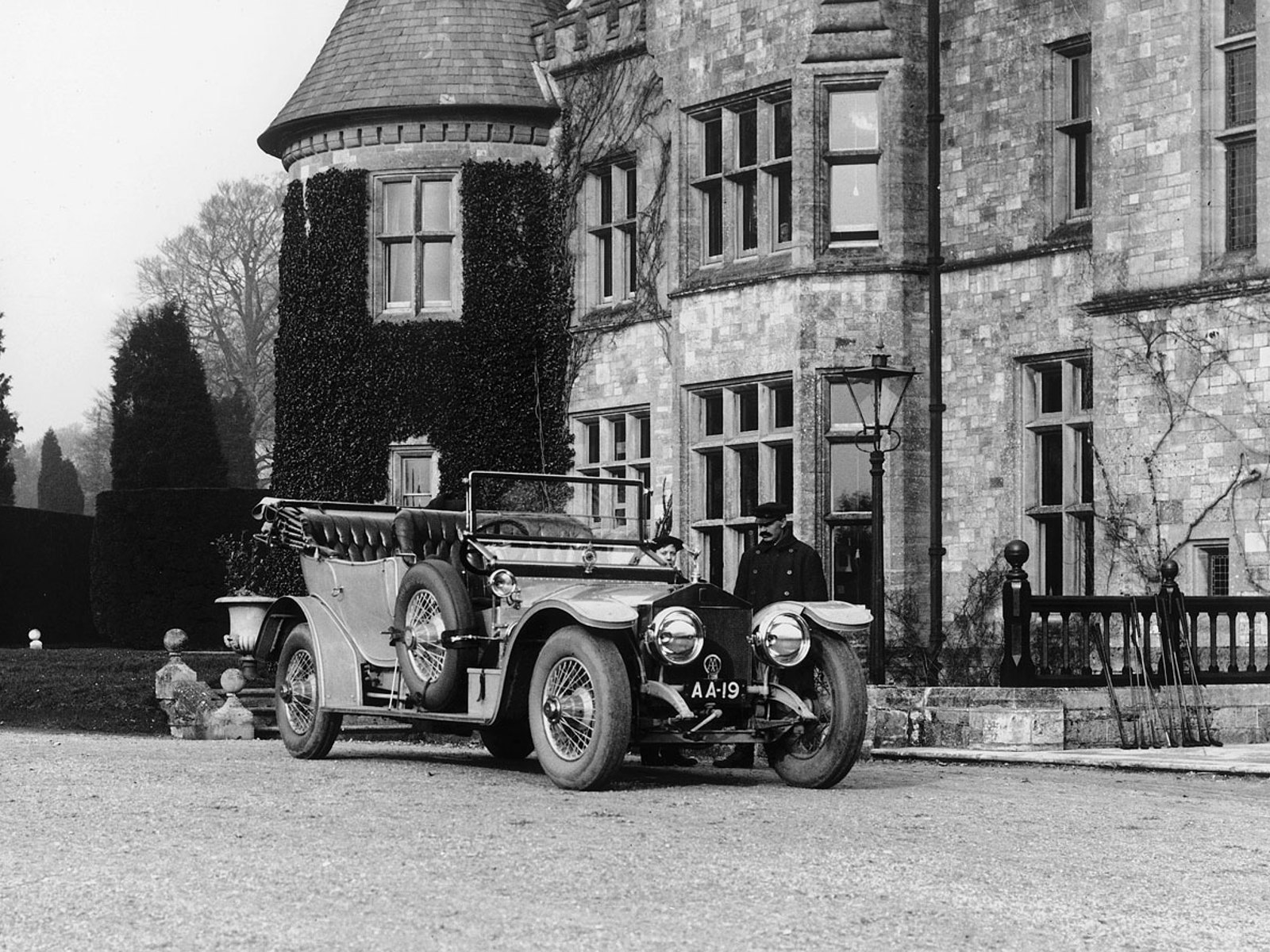
Rolls-Royce ‘Makers of the Marque’
07 June 2024
To celebrate their 120th anniversary, Rolls Royce have shared a series profiling the principal characters in the Rolls-Royce Motor Cars foundation story. Discover the role played by The Honourable John Walter Edward Douglas-Scott-Montagu.
In 2024, Rolls-Royce marks the 120th anniversary of the first meeting between its founders, Henry (later Sir Henry) Royce and The Hon. Charles Stewart Rolls on 4 May 1904. The meeting, at The Midland Hotel in Manchester, was arranged by a mutual friend, Henry Edmunds. Rolls agreed to sell all the cars Royce could make and the rest is, literally, history. Together, Royce and Rolls created what was soon dubbed ‘the best car in the world’ and gave their names to a dynasty of motor cars that continues to define superluxury motoring across the world.
Rolls-Royce have shared a series profiling the principal characters in the Rolls-Royce Motor Cars foundation story as the marque celebrates its 120th anniversary in 2024. The profiles include insights into the people, personalities and intertwined relationships that indelibly shaped the marque’s creation, development and lasting legacy. Each account underlines and celebrates the essential human dimension of ‘the best car in the world’.
“Almost since its foundation, Rolls-Royce has been known as ‘the best car in the world’. It first received that accolade from John Montagu, part of the small circle of highly influential motoring pioneers who first brought Rolls-Royce into being, and then to international prominence. As proprietor of one of the earliest and most respected motor magazines, he was crucial in promoting the marque; as an MP, he was instrumental in shaping motoring’s place within wider society. And through the complex personal connections that, are so central to the Rolls-Royce foundation story, he has an enduring place at the heart of the brand to this day.”
Andrew Ball, Head of Corporate Communications and Heritage, Rolls-Royce Motor Cars
A brief overview of the life and career of the Hon. John Walter Edward Douglas-Scott-Montagu
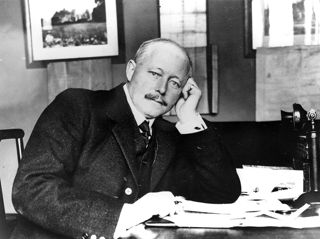
John Walter Edward Douglas-Scott-Montagu was born on 10 June 1866, the eldest son of Lord Henry Scott, later 1st Baron Montagu of Beaulieu. Montagu was fascinated by engineering and, after attending Eton and Oxbridge, briefly pursued a practical training on the railways, precisely the path that the similarly aristocratic – and equally Honourable – Charles Stewart Rolls, 11 years his junior, would also follow.
Montagu’s prospects were as splendid as his full name suggests, with a barony and the financial security of his father’s estate in Hampshire awaiting him in due course. In the interim, he needed to make a living and, in 1895, he became a Member of Parliament (MP) for the New Forest constituency. But his life’s true passion was the motor car. A successful competitive driver, he became one of the motor car’s early political champions and greatly influenced the relaxation of the restrictive motoring laws then in force.
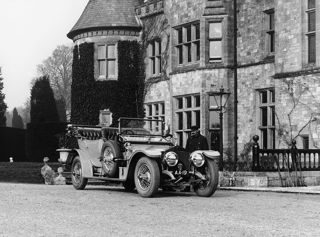
In 1898, Montagu bought his first car – a Daimler – and immediately joined the Automobile Club of Great Britain & Ireland (ACGB&I), the forerunner of The Royal Automobile Club (RAC). There, he met fellow member Charles Rolls and the Club’s larger-than-life Permanent Secretary, Claude Johnson. The three soon became close friends and enjoyed competing in the era’s major motoring trials, frequently sharing the spoils between them. One such event was the ‘One Thousand Mile Trial’ of April 1900, run by Johnson under the ACGB&I’s auspices and sponsored by Alfred Harmsworth, later Lord Northcliffe, who owned the Daily Mail newspaper. Montagu was among the first entrants and the only MP to take part; he received a bronze medal for completing the 20-day event with his Daimler, while Rolls was awarded the gold medal as the winner.
In the early 20th Century, motoring was still an expensive hobby that Montagu struggled to sustain on his MP’s salary. To supplement his income, he took his friend Alfred Harmsworth’s advice and started one of the country’s earliest dedicated motoring journals. First published on 28 May 1902, it was called The Car Illustrated, although its masthead bore the imperious and all-encompassing banner ‘A Journal of Transport by Land, Sea and Air’.
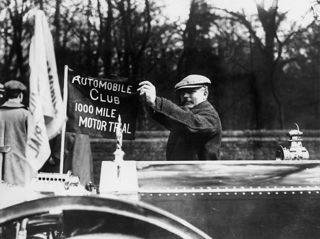
By 1906 the magazine was well established, with Montagu acting as commissioning editor, editor and contributor. Like every self-respecting journalist, he was always looking for his next scoop, and his close friendship with Rolls and Johnson meant he was kept fully abreast of the latest products, innovations and competitive successes at Rolls-Royce, founded two years earlier. For their part, Rolls and Johnson had the inestimably valuable support of both the country’s most prestigious car magazine and an influential member of the legislature keenly interested in motoring matters.
This relationship was strengthened further in 1906 when Montagu, who had succeeded his father to become 2nd Baron Montagu of Beaulieu the previous year, bought a Rolls-Royce of his own, the ‘Light 20 H.P.’ model. Nevertheless, he was quite clear that journalistic integrity trumped personal affiliations: Rolls-Royce could be assured of positive coverage in his magazine, for as long as it continued to produce the country’s finest motor cars.
Produce them it did, and in ever-increasing numbers, to the extent that by 1907, it was obvious to the Rolls-Royce directors that their existing works in Cooke Street, Manchester were not large enough to satisfy demand. Accordingly, Henry Royce designed and oversaw the construction of a new, purpose-built factory at Nightingale Road in Derby, which was officially opened before an audience of dignitaries on 9 July 1908.
Charles Rolls welcomed the guest of honour, announcing: “I now have the honour and pleasure of introducing Lord Montagu of Beaulieu – an introduction, however, which is merely a formality; for, as you know, his is a name known to all as a pioneer motorist, one who has educated both the House of Commons and the House of Lords to the importance of the motor car as a factor of civilisation; one who may, in fact, be regarded as one of the most important factors in motoring politics. We therefore as a company, and I am sure all the rest of those present, very greatly appreciate the compliment he has paid us in coming here to perform this little ceremony.”
But Montagu’s greatest and most enduring compliment would come the following year. On 13 November 1908, an advertisement in The Times newspaper stated: “In July, Lord Montagu declared that the six-cylinder Rolls-Royce was the best car in the world”. This is the earliest known use of the soubriquet, still rarely attributed correctly, that remains synonymous with the marque to this day.
However, not everyone showed the same level of respect. In 1910, Johnson became aware of a disturbing new fashion among Rolls-Royce owners of attaching a comical mascot to the front of their motor car. This, he rightly concluded, was detracting from the elegance of the Rolls‑Royce radiator: how the high-minded and fastidious Royce reacted to such frivolousness is easy to imagine.
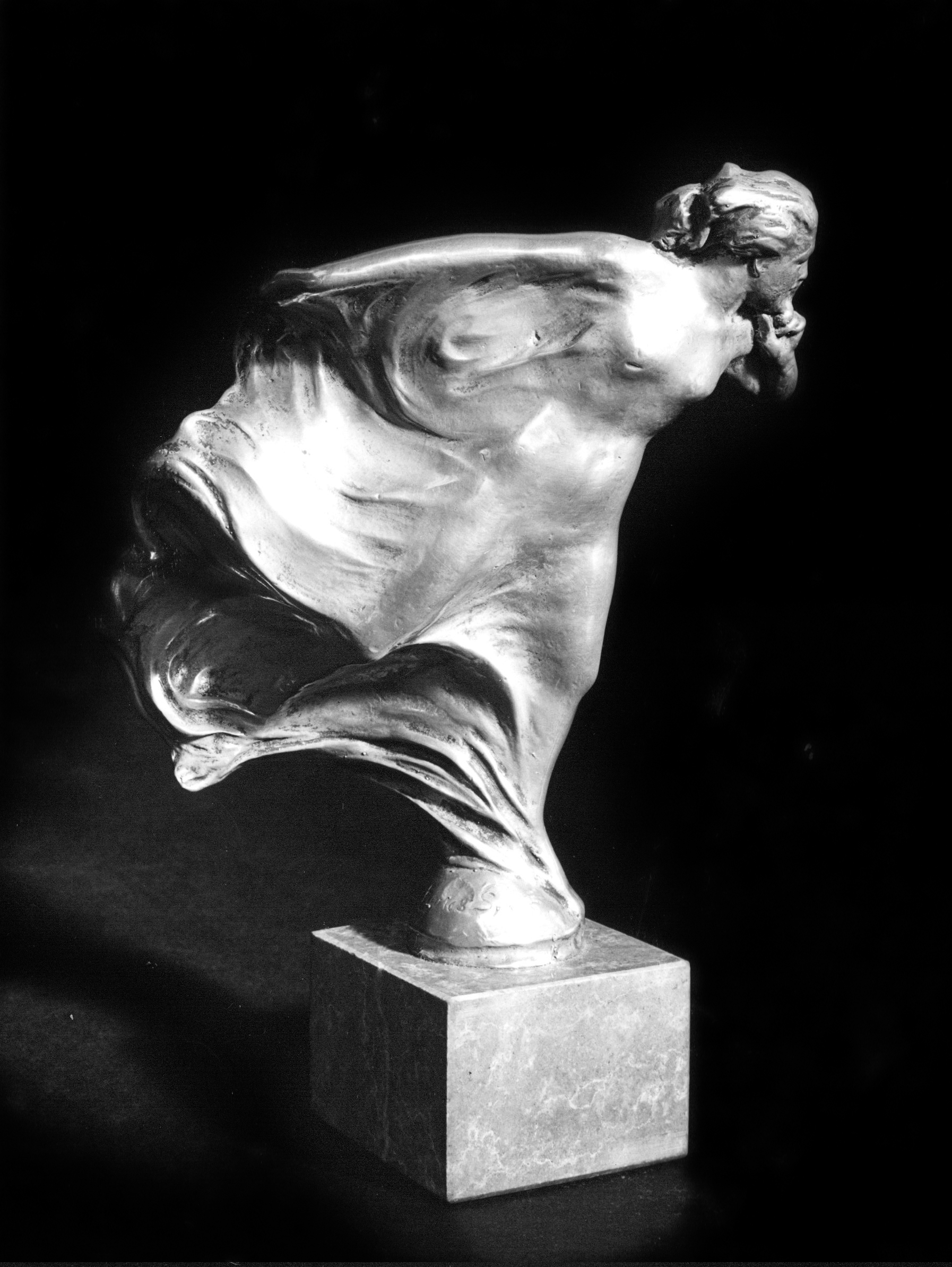
The Whisper mascot sculpted by Charles Sykes.
Montagu’s own Rolls-Royce also sported a mascot, but this was of an altogether different stamp. Named The Whisper, it was sculpted by Charles Sykes, a well-known Royal Academician and commercial artist who worked for Montagu’s magazine as an illustrator. It depicted a young woman in flowing robes with a finger to her lips, modelled on Sykes’s long-time muse, Eleanor Thornton. Impressed, Johnson commissioned Sykes to design the official Rolls-Royce mascot, known worldwide today as The Spirit of Ecstasy: fittingly, Montagu’s second Silver Ghost was the first motor car in history to carry it.
Montagu remained an enthusiastic Rolls-Royce owner until his death in 1929. He was a staunch friend of the marque for a quarter of a century and one of the first in a long line of wealthy, well-connected owners who have added lustre to the Rolls-Royce name through the decades. In 1952, his son Edward, the 3rd Baron, founded the National Motor Museum at Beaulieu in tribute to him: a substantial collection of Spirit of Ecstasy figurines, and Sykes’s original The Whisper, are among its most popular and cherished exhibits.
-
![Colourised photograph of the Rolls-Royce Motor Cars opening in 1908]()
To celebrate the 120th anniversary of the marque, Rolls-Royce Motor Cars commissioned the professional colourisation of the photograph taken at the opening of the Rolls-Royce factory at Nightingale Road in Derby on the 9 July 1908 by Lord Montagu of Beaulieu. -
![Who’s Who at the opening of the new Derby works]()
Who’s Who at the opening of the new Derby works
Rolls-Royce Motor Cars is a true luxury house, creating the world’s most recognised, revered and desirable handcrafted Bespoke products for its international clientele.
There are over 2,500 people working at the Home of Rolls-Royce at Goodwood, West Sussex. This comprises both its global headquarters and Centre of Luxury Manufacturing Excellence – the only place in the world where Rolls-Royce motor cars are designed, engineered and meticulously built by hand.
Rolls-Royce Motor Cars is a wholly owned subsidiary of the BMW Group and is a completely separate, unrelated company from Rolls-Royce plc, the manufacturer of aircraft engines and propulsion systems.
The Rolls-Royce ‘Makers of the Marque’ series includes:
- Henry Edmunds, born 19 March 1853
- Sir Henry Royce, born 27 March 1863
- Eleanor Thornton, born 15 April 1880
- Ernest Hives, born 21 April 1886
- Lord John Walter Edward Douglas-Scott-Montagu, born 10 June 1866
- The Hon. Charles Rolls, born 27 August 1877
- Claude Johnson, born 24 October 1864
- Charles Sykes, born 18 December 1875
- Eric Platford, born 25 February 1883

Subscribe for updates
Get our latest news and events straight to your inbox.

